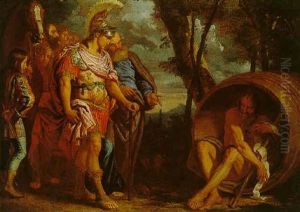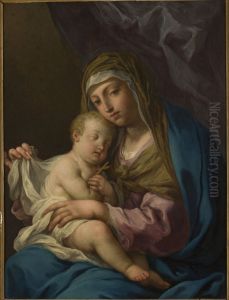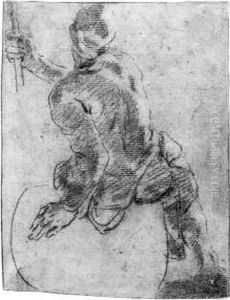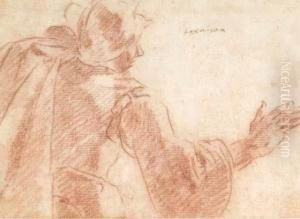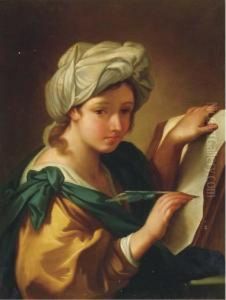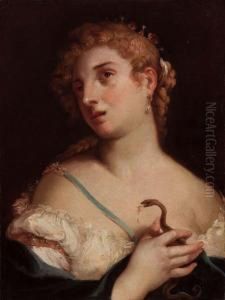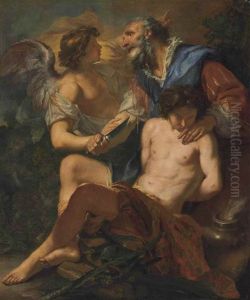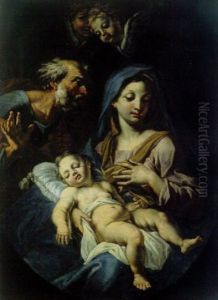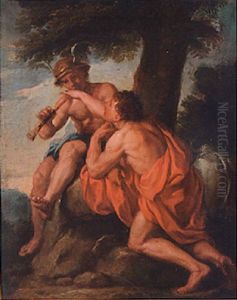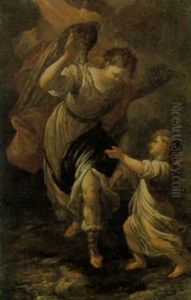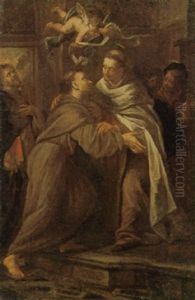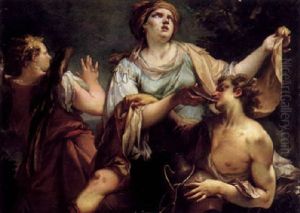Angelo Trevisani Paintings
Angelo Trevisani was an Italian painter of the late Baroque, active mostly in Venice during the early part of the 18th century. Born in Venice in 1669, he was part of the Venetian school of painting, which was renowned for its vibrant color and emphasis on movement and atmosphere.
Trevisani's style was influenced by the works of the great Venetian masters such as Titian, Tintoretto, and Veronese. However, he was also influenced by the prevailing Baroque sensibilities of his time, incorporating the dramatic light and shadow effects that were popularized by artists such as Caravaggio. Trevisani's paintings often featured religious and mythological themes, executed with a dynamic composition and a rich palette.
During his career, Trevisani received commissions for altarpieces, religious narratives, and portraits. He was known for his ability to depict figures with elegance and grace, which made him a popular choice for portrait commissions among the Venetian aristocracy. His works can be found in churches and collections in Venice and throughout Italy, as well as in various European art collections.
Despite his success, Trevisani's name is not as widely recognized today as some of his contemporaries. This can be attributed to the overshadowing influence of other Venetian artists like Giovanni Battista Tiepolo, who became the leading figure of the Venetian Rococo. Nevertheless, Trevisani's contributions to the Venetian art scene during his lifetime were significant. He continued to paint until his death in 1753, leaving behind a legacy of work that reflects the transition from the grandeur of the High Baroque to the more decorative and playful Rococo style.
